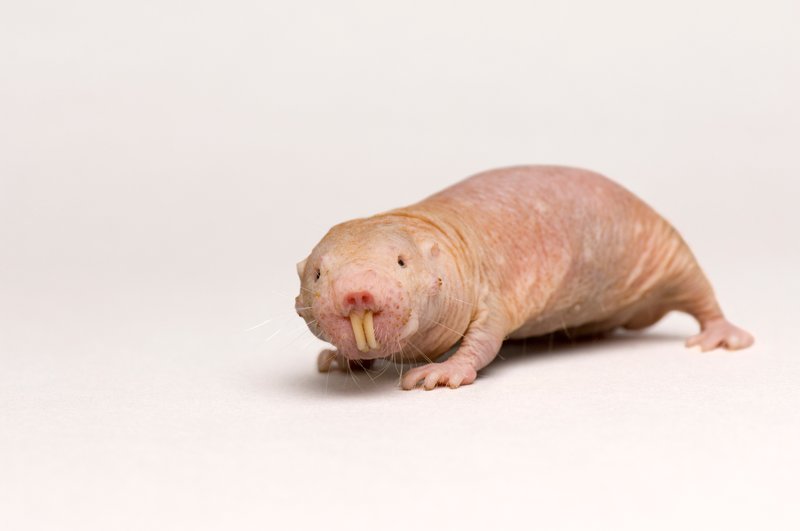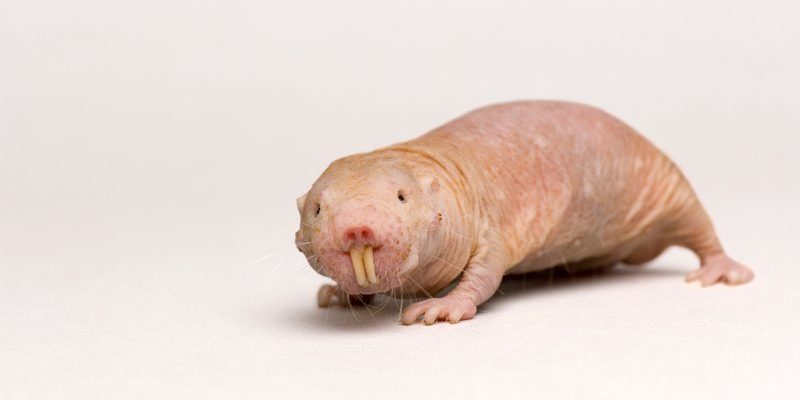
Picture a bustling city below the ground: tunnels crisscrossing like subway lines, tiny communities living and working together without much fuss. The naked mole rat is right at the heart of this bustling habitat, playing various roles that support both its own survival and the health of the ecosystem around it. In this article, I’m going to walk you through the naked mole rat’s unique contributions, and I promise it’s more interesting than it sounds!
What Makes the Naked Mole Rat Unique?
You might be wondering, what sets the naked mole rat apart from other rodents? For starters, these creatures are practically *superheroes* of the underground. They can live up to 30 years—way longer than most rodents. Their hairless skin isn’t just for show; it’s an adaptation to their underground lifestyle, helping them to navigate their dark, humid homes. Instead of using their eyes, they rely on vibrissae, or whiskers, to sense their surroundings.
Additionally, naked mole rats are known for their social structure. They live in colonies that can have up to 300 individuals, much like bees in a hive. Each colony has a queen and several workers who perform different tasks—like digging tunnels and caring for the young. This complex social life means they’re not just surviving; they’re thriving together. Truly, they embody a unique system of cooperation that many other species could learn from.
Soil Aeration and Tunnel Creation
One of the naked mole rat’s primary roles in its ecosystem is soil aeration. By digging extensive networks of tunnels, these critters not only create their homes but also help to mix and aerate the soil. Think of it like a gardener tilling the earth; it makes the soil healthier and more fertile.
The tunnels they leave behind allow water to penetrate deeper into the ground. This means plants can access moisture more easily, which is especially important in arid environments where water is precious. The tunnels also provide habitats for other creatures, contributing to a rich underground community. Just like a well-structured city, their burrow systems create a vibrant ecosystem beneath our feet.
Plant Interactions: The Naked Mole Rat’s Diet
Speaking of plants, naked mole rats are herbivores that feed largely on the tubers of plants like potatoes and other root vegetables. Their strong incisors help them dig through tough soil to find these tasty morsels. This relationship with plants is a two-way street.
By consuming tubers, naked mole rats help to control plant populations and ensure that not one species takes over. It’s nature’s way of balancing life—just like pruning a bush to keep it healthy. Plus, their eating habits can even stimulate plant growth. When they dig around the roots, they create space that allows for new growth, benefiting the entire ecosystem.
Waste Management: Recycling Nutrients
Let’s not forget about the naked mole rat’s role in waste management. Like any other animal, they produce waste, and their droppings are rich in nutrients. When these nutrients go back into the soil, they act as natural fertilizers.
This process not only enriches the soil but also supports a variety of plants and microorganisms that rely on these nutrients to thrive. As the naked mole rats dig and move about, they inadvertently help to create a cycle of life that’s essential for the health of their ecosystem. It’s like having a built-in composting system, turning waste into life.
The Naked Mole Rat’s Role in the Food Web
Naked mole rats are not just busy underground; they also have their place in the food web. While they do a lot of good, they also serve as a food source for predators. Animals like snakes, hawks, and other raptors depend on them for sustenance.
In this way, they contribute to the balance of their ecosystem. By providing food for these predators, naked mole rats help maintain population levels, preventing any one species from overrunning the area. This delicate balance ensures that the entire ecosystem remains healthy and diverse.
Research and Insights: Why Naked Mole Rats Matter
Interestingly, naked mole rats have drawn attention from researchers, particularly in the fields of cancer research and longevity studies. Their unique biology allows them to resist cancer and age gracefully, which could open doors to medical breakthroughs.
By studying these fascinating creatures, we not only learn about their role in the ecosystem but also uncover secrets that could benefit human health. Who knew that a creature living miles underground could have such a vast impact on everything above it?
Final Thoughts: The Naked Mole Rat’s Environmental Legacy
In a nutshell, the naked mole rat is an incredible creature that plays several vital roles in its ecosystem. From aerating the soil and controlling plant life to recycling nutrients and forming an integral part of the food web, they contribute to a healthy, balanced environment.
Next time you hear about naked mole rats, remember they are more than just strange-looking rodents; they’re essential for the well-being of the ecosystems they inhabit. Just like the quiet heroes of our world, the naked mole rat’s relentless work beneath the surface is something we all rely on, even if we don’t see it.

